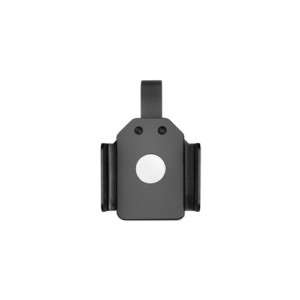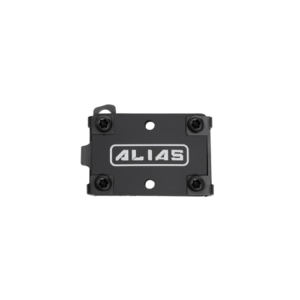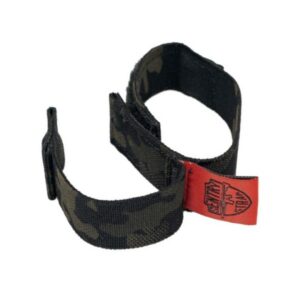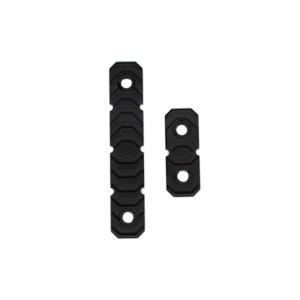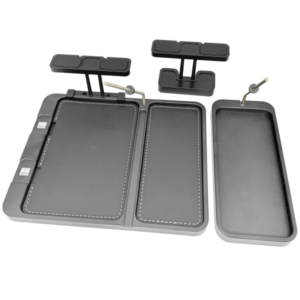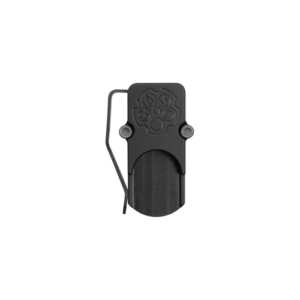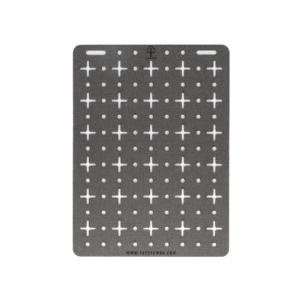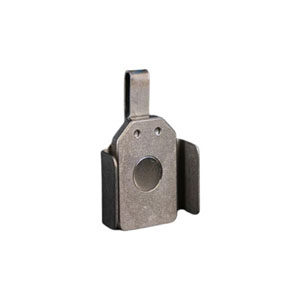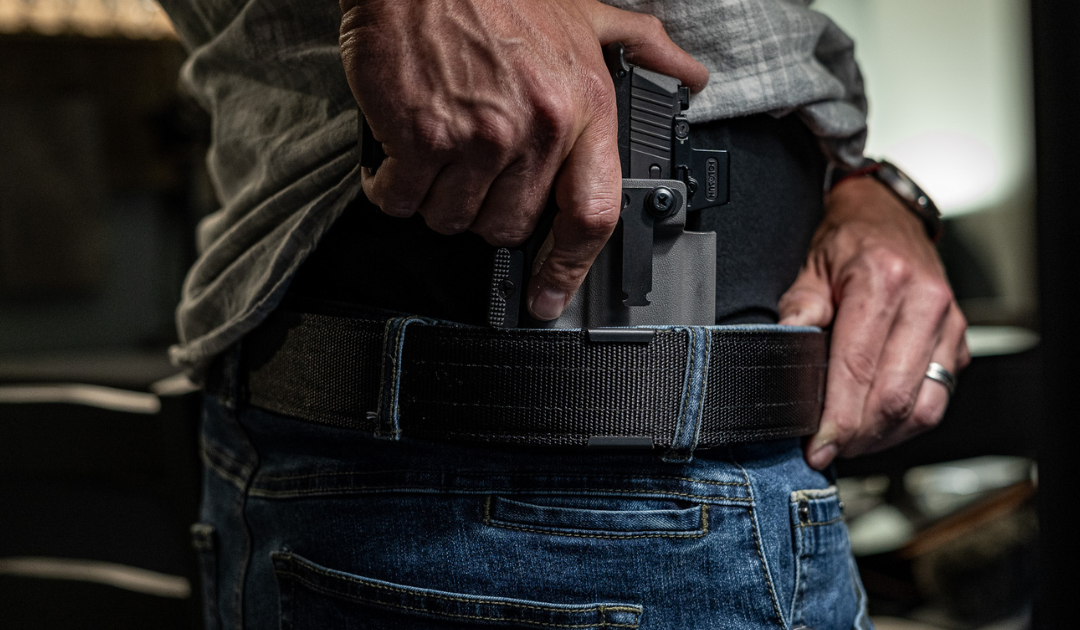Choosing the right concealed carry position is important for frequent firearm carriers. And it’s not just about comfort. It’s about providing safety, practicality, and accessibility in your everyday life.
From your body type to daily activities and clothing style, every detail plays a role in determining the best concealed carry position for you.
What impacts your concealed carry position?
Several factors influence what carry position works best for you.
Body Type
- Slim frames: Appendix carry often works well since the firearm stays close to the body and avoids printing.
- Broader frames: Hip positions may feel more natural and prevent digging or pinching.
- Tall vs. Short: A longer torso might offer more options, while a shorter frame may find appendix or hip carry easier to manage.
Daily Activities
- Driving: Appendix carry keeps the firearm accessible while seated. Also consider a holster mounted on your center console to avoid discomfort during long commutes.
- Active lifestyles: If you’re constantly on the move, hip carry offers a balance of accessibility and stability.
- Desk jobs: You may need to experiment with what works best for you. But also consider mounting a holster clip to your desk for access without compromising comfort or safety.
Firearm Size and Type
The size of your firearm directly affects which position feels best.
- Compact or subcompact firearms: These are ideal for appendix or hip carry since they’re less bulky.
- Full-size firearms: Strong-side hip positions distribute the weight more evenly, making them more comfortable for larger guns.
Consider your holster choice, too – a secure and well-fitted holster is key for all positions.
Clothing Style
- Fitted clothing: Appendix carry works best to avoid printing.
- Loose or layered outfits: Hip carry is less noticeable when wearing jackets or untucked shirts. If you like to tuck in your shirt, read How to Conceal Carry With a Tucked-In Shirt.
- Seasonal changes: In colder months, layering makes concealed carry easier in most positions. In summer, you’ll need to adjust to lighter, breathable outfits.
Ultimately, your concealed carry position should fit your needs. Experiment with different setups and take time to adjust – you’ll find what works best for your lifestyle.
Popular Concealed Carry Positions
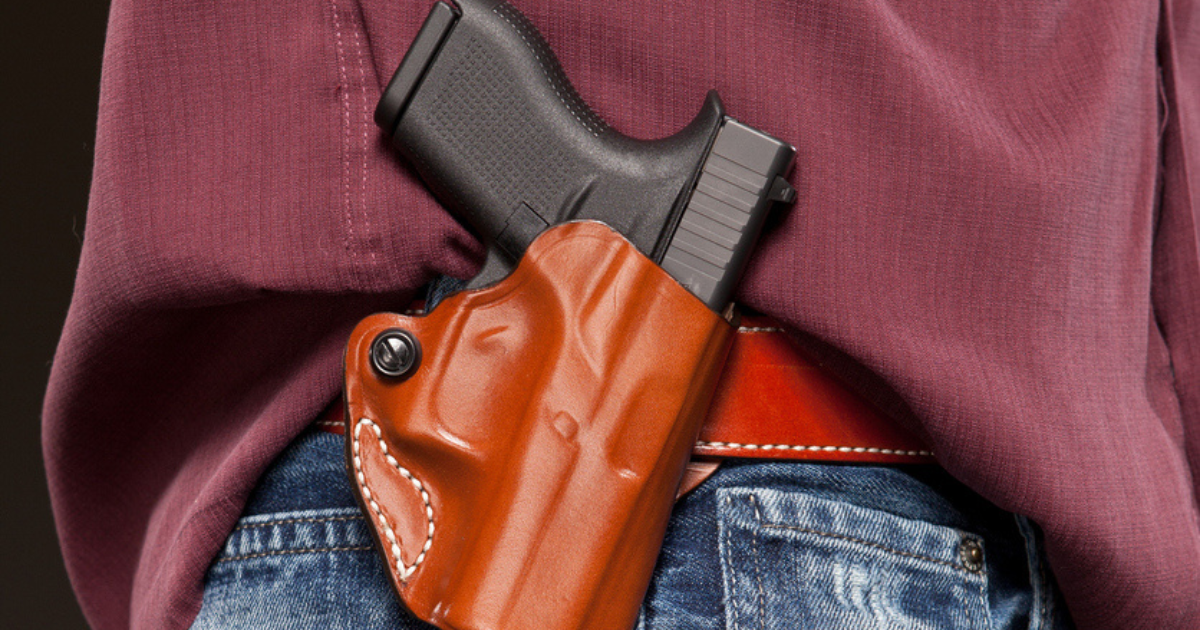
Here’s a breakdown of the different concealed carry positions, their features, and who they’re best suited for.
Appendix Carry (AIWB)
Appendix carry is positioned on the front of the waistband, just above the groin area, and slightly off-center from the belly button. It places the firearm in a location that’s accessible and close to the centerline.
- Pros: Quickdraw, excellent concealment for smaller firearms, and minimal hand movement for access.
- Cons: Can be uncomfortable when sitting for long periods or individuals with larger body types.
Who it’s for: It’s ideal for those carrying compact or subcompact firearms who prioritize speed and accessibility. It’s especially useful for active individuals needing rapid access in close quarters.
Hip Carry (3 o’clock and 4 o’clock)
The hip carry is positioned on the strong side of the hip, typically above the front pocket (3 o’clock position) or slightly behind the hip bone (4 o’clock position). It offers a natural feel when drawing and re-holstering.
- Pros: Comfortable for sitting and standing, offers good retention, and works well for larger firearms.
- Cons: Is harder to conceal under tighter or lighter clothing, especially in summer.
Who it’s for: It’s perfect for medium-to-large firearms and daily carry. It’s popular for its blend of comfort and practicality in various situations.
Shoulder Holster Carry
A shoulder holster carry places the holster under the dominant arm, with the firearm resting horizontally or slightly angled across the chest. The holster is attached to a harness worn over the shoulders, distributing its weight evenly across the upper body.
- Pros: Excellent for larger firearms, provides comfortable carry in colder weather, and pairs well with jackets or coats.
- Cons: Limited concealment in warm weather and is bulky for extended wear.
Who it’s for: It’s best for individuals frequently wearing outer layers (like jackets) and for those who prefer carrying full-size firearms.
What is the safest firearm-carrying position?
Safety is more about proper technique than the position itself. Any position is safe if you use a high-quality holster that covers the trigger guard and practice careful handling.
That said, hip and appendix carry are popular for their balance of safety and accessibility. Always holster your firearm slowly and intentionally to avoid accidents.
How to Choose the Right Position for You
Here’s a breakdown of several factors to consider so your choice aligns with your needs.
Comfort
Your concealed carry position should feel natural and comfortable, especially if you plan to carry for extended periods. Ask yourself:
- Does the position work well whether you’re sitting, standing, or moving?
- Does it fit your body type without causing pressure or discomfort?
If it feels awkward or painful during daily activities, it’s worth exploring alternative positions or holster adjustments.
Accessibility
Quick access to your firearm will make all the difference in an emergency. Consider:
- How fast can you draw from this position?
- Can you comfortably access your firearm while seated or under stress?
Positions like appendix or hip carry often offer the best balance of speed and ease for most scenarios.
Concealability
Your concealed carry position must work with your clothing choices to avoid printing. Think about:
- Does this position stay discreet under your usual outfits?
- Will it require significant changes to your wardrobe?
For tighter clothing, options like appendix carry offer better concealment, while loose layers make hip carry less noticeable.
Safety
Prioritizing safety reduces the risk of accidents. Considerations include:
- Does the position minimize the risk of unintentional discharge?
- Can you safely holster and unholster your firearm?
Always choose a high-quality holster that covers the trigger guard and practice proper firearm handling techniques.
NeoMag Accessories for Your Concealed Carry Setup
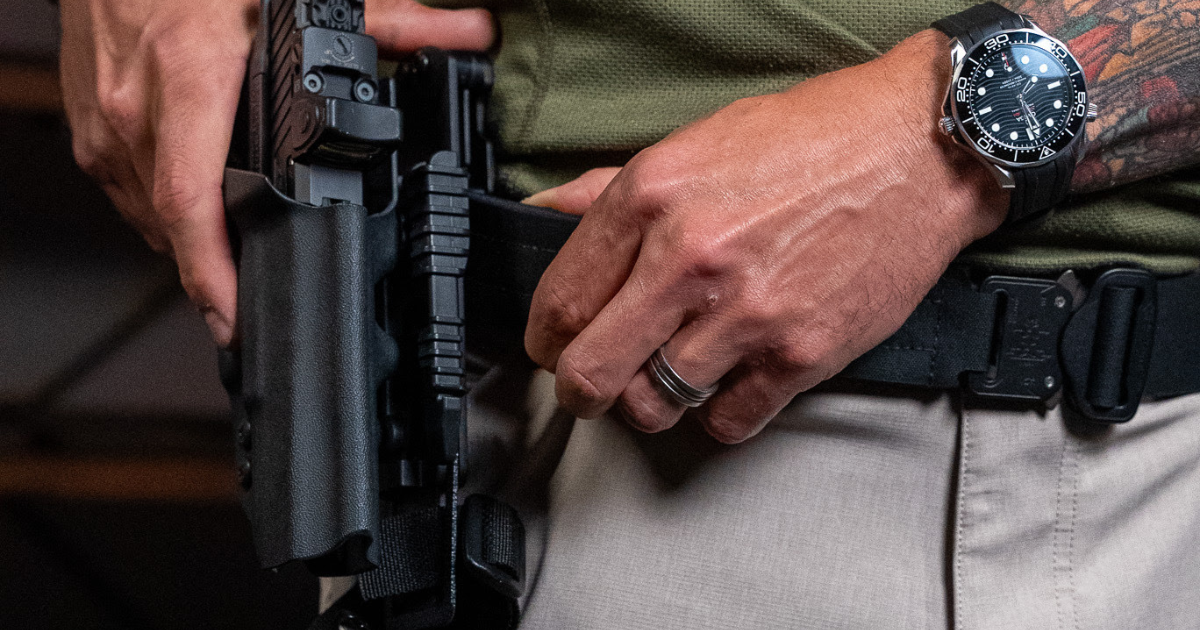
NeoMag’s innovative Alias System is a game-changer for concealed carriers. Designed to simplify and boost your setup, it provides secure attachment options for virtually any carry style – allowing you to customize your setup to fit your preferences and lifestyle.
The Alias System revolutionizes concealed carry by replacing traditional holster clips with a modular lock-in design that eliminates movement and increases stability. This provides:
- Secure retention: Keeps your firearm in place, whether you’re sitting, standing, or on the move.
- Customizable carry options: Transitions between inside-the-waistband (IWB) and outside-the-waistband (OWB) setups.
- Rapid deployment: Provides quick and consistent access to your firearm for smoother, more confident draws.
How the Alias System Adapts to Your Style
The Alias System is designed for flexibility, allowing you to modify your setup based on your preferred carry position or activity.
- Alias OWB Adapters provide a sturdy solution for hip carry, perfect for those who prefer external holsters.
- Alias Receivers enable quick swapping between holsters, positions, or carry styles, making it easy to adapt to different outfits, activities, or environments.
- Alias Holster Clips provide attachment options for any carry style so your holster stays securely in place whether you prefer appendix carry, hip carry, or OWB setups.
NeoMag’s Alias System isn’t just a set of accessories. It’s a complete solution that fits your carry preference with security, convenience, and performance.
To learn more, check out the following:
- A Guide to Alias Holster Clips
- All About Alias OWB Adapters
- The Complete Guide to Alias Receivers
- How the Alias System Streamlines IWB and OWB Carry
Take Your Concealed Carry to the Next Level
By experimenting with different positions and investing in the right tools, you can create a setup that works for you.


